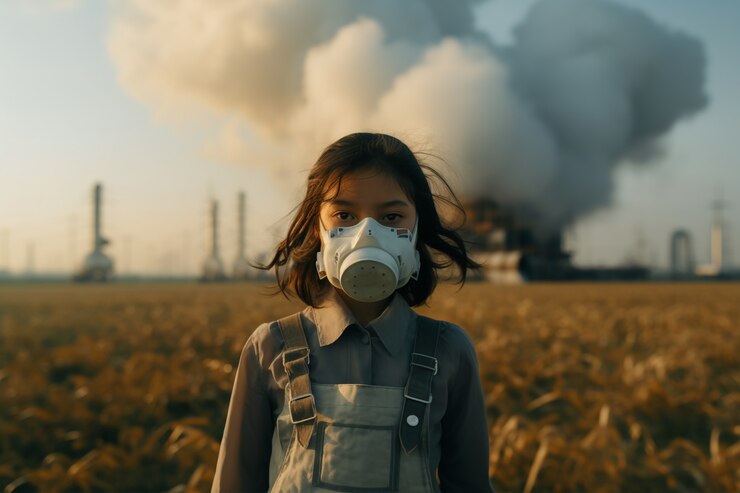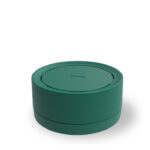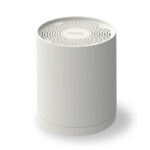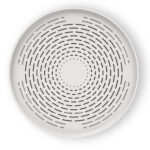Pollution should be a factor on which we base our choices

The risks associated with pollution

spend most of their time indoors where the concentration of pollutants is higher than the respective outdoor values. Since the sources of indoor pollution are both outdoor and indoor, measures related to the reduction of outdoor concentrations alone are not sufficient to ensure good air quality in confined spaces.
There is a very close link between pollution and a number of cancers and diseases, particularly respiratory and cardiovascular.
The incidence of these diseases, which affect people who breathe polluted air, not only lowers the quality of their lives but also reduces their expectations.
Pollution is a real problem, and the recorded data are just as real and proven.
It is certain that living in a polluted place will expose us to negative and sometimes irreversible consequences for our health.
Particulate matter: among the most insidious pollutants

Particles with a diameter up to 10 µm are called PM10; those with a diameter up to 2.5 µm are called PM2.5.
Particulate matter can be of natural origin when it comes from erosions, volcanic eruptions, pollen and spores; and of anthropogenic origin when the sources are combustions for heating energy production, transportation, industries, construction sites, etc.
In indoor environments, particulate matter is mainly derived from cigarette smoke, combustion sources, outdoor environment, sprays, food cooking, bacteria, spores and pollens, and occupants’ activities.
Particulate matter can cause an irritating and harmful effect on the respiratory tract, obstruction of the pulmonary alveoli, cardiac disorders, and the possibility of inducing alterations in the immune system.
The situation in Europe

The World Health Organization has quantified a decrease in life expectancy of at least 1 year as an average among all European countries.
Multiplying these figures by the number of inhabitants in Europe we get a very high number of years of life lost. The same data show that in 357 European cities, at least 83% of the inhabitants are constantly exposed to high levels of PM10.
Global overview

If a huge number of billions of dollars of resources have been mobilized for the SARS-COV-2 pandemic, and by now the problem of viral pandemics has become a priority issue on the agendas of heads of state around the world and in the daily lives of all of us, for pollution, on the other hand, very few resources are spent to safeguard economic profit.
Protecting health by starting with air pollution

We must consider pollution as one of the factors on which to base our choices for the future, particularly PM2.5 particulate matter, which is the type of pollutant that shows the greatest impact on life expectancy. Protecting our health by caring about the quality of the indoor air we breathe every day should be at the top of our priorities.







